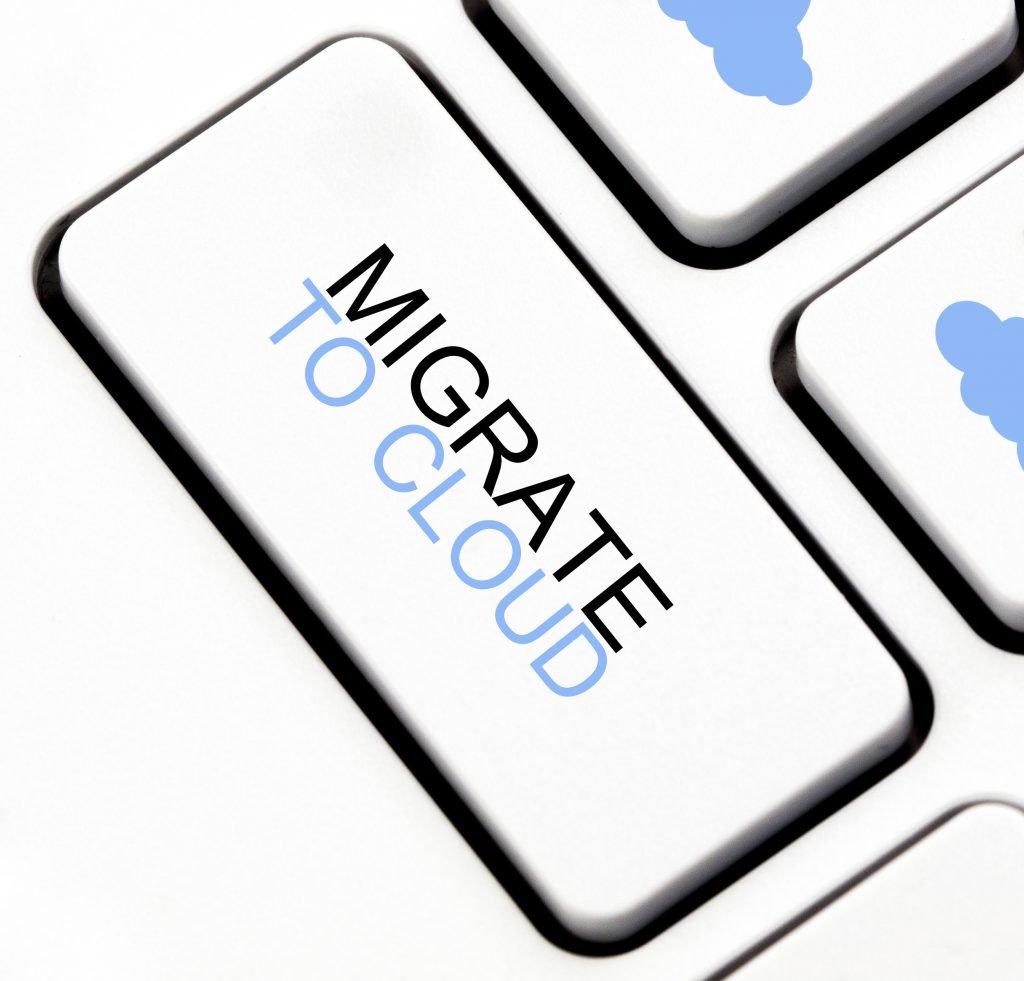This is part two of a three part series where we consider the perspective of an existing customer on traditional Great Plains (Microsoft Dynamics GP) and the benefits of using Microsoft Dynamics GP with SMB Suite as an alternative to learning a new ERP system.
You may be a business with an older version of Great Plains. Your business would like to go to the latest version of Microsoft Dynamics GP, but it’s currently not on the maintenance plan. Of course there is an option to upgrade, but your business is faced with heavy fines for being behind and fees for upgrade services. That’s not all — your hardware may be outdated and in need of replacement. Your business might also be constantly patching and upgrading the operating system to protect from data compromise and viruses. If your business is like many others, it may be running on Windows XP, of which Microsoft is ending support for soon, leaving your business at risk. Traditionally, the fix for this problem requires a lot of upfront capital expenditure. Many consider this to be a dark cloud hanging over them; one they just can’t escape from.
However, there is another cloud subscription worth considering: SMB Suite. The cloud is “the new way of doing business” and many businesses are finding that this is indeed the answer to their problems.
Consider the advantages that SMB Suite brings to existing Great Plains customers. First, customers get to keep Great Plains, and are automatically upgraded to the latest version. SMB Suite brings business into the modern cloud world where businesses can forget about patching, updating, and performing daily backup of critical data. It’s all done securely at a cloud datacenter with 24/7 monitoring. Businesses no longer have to worry about buying or maintaining server equipment and the outdated operating system will be a thing of the past. In fact, SMB Suite customers are able to log into the latest version of Microsoft Dynamics GP with just a web browser.
The new way of doing business in the cloud includes monthly subscription pricing. With subscription pricing, customers only pay one fee per month, making it is easier to plan and budget for. This fee includes all of the software licenses, including the database and operating system licenses; along with the Microsoft Dynamics GP upgrade licenses, upgrade services and cloud services. This is possible because the cloud only requires a subscription, not a full purchase of the licenses. SMB Suite offers a full 36 month subscription for the entire core offering of Microsoft Dynamics GP & CRM solutions, without any upfront fees. This innovative, single-fixed payment also includes unlimited support and all future upgrades and upgrade services. This eliminates the need for a large investment of capital upfront, since all fees are spread over 36 months. Most importantly, businesses don’t have to switch to an unfamiliar new system. SMB Suite customers are able to keep Great Plains and enjoy all of the benefits of a modern cloud solution.
Another big benefit of the moving to SMB Suite is the ability to continue using Excel. A leading cloud provider of a non-Microsoft ERP would not only move your business off Great Plains, they would prefer to move your business off of Excel. Most businesses use Excel every day for business analysis. Dynamics GP allows for a seamless integration with Excel. In the latest version, most reports can be easily exported to Excel — not just in a CSV or flat file, but in a fully formatted Excel worksheet. Because Excel is so popular for business, users are even able to produce a budget in Excel and bring it directly into Dynamics for budgeting.
SMB Suite takes this a step further by including an Excel based reporting tool. This acts as add-in to Excel, giving Excel new capabilities, and is fully integrated into Microsoft Dynamics. This brings together the best of both worlds — the new capabilities provide access into the Microsoft Dynamics database, where the user can create a report by simply dragging and dropping the fields into Excel.
We’ll explore more about how this helps a business gain insight, plus more on how the cloud makes it possible to access your system from anywhere, and much more in the third and final part of this series.
